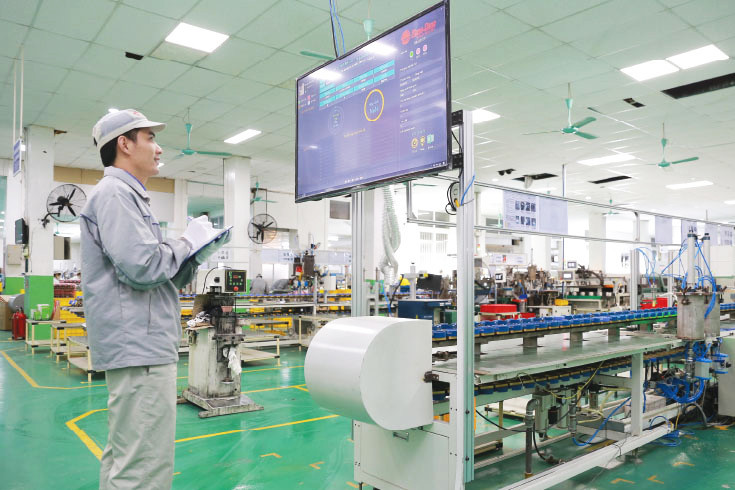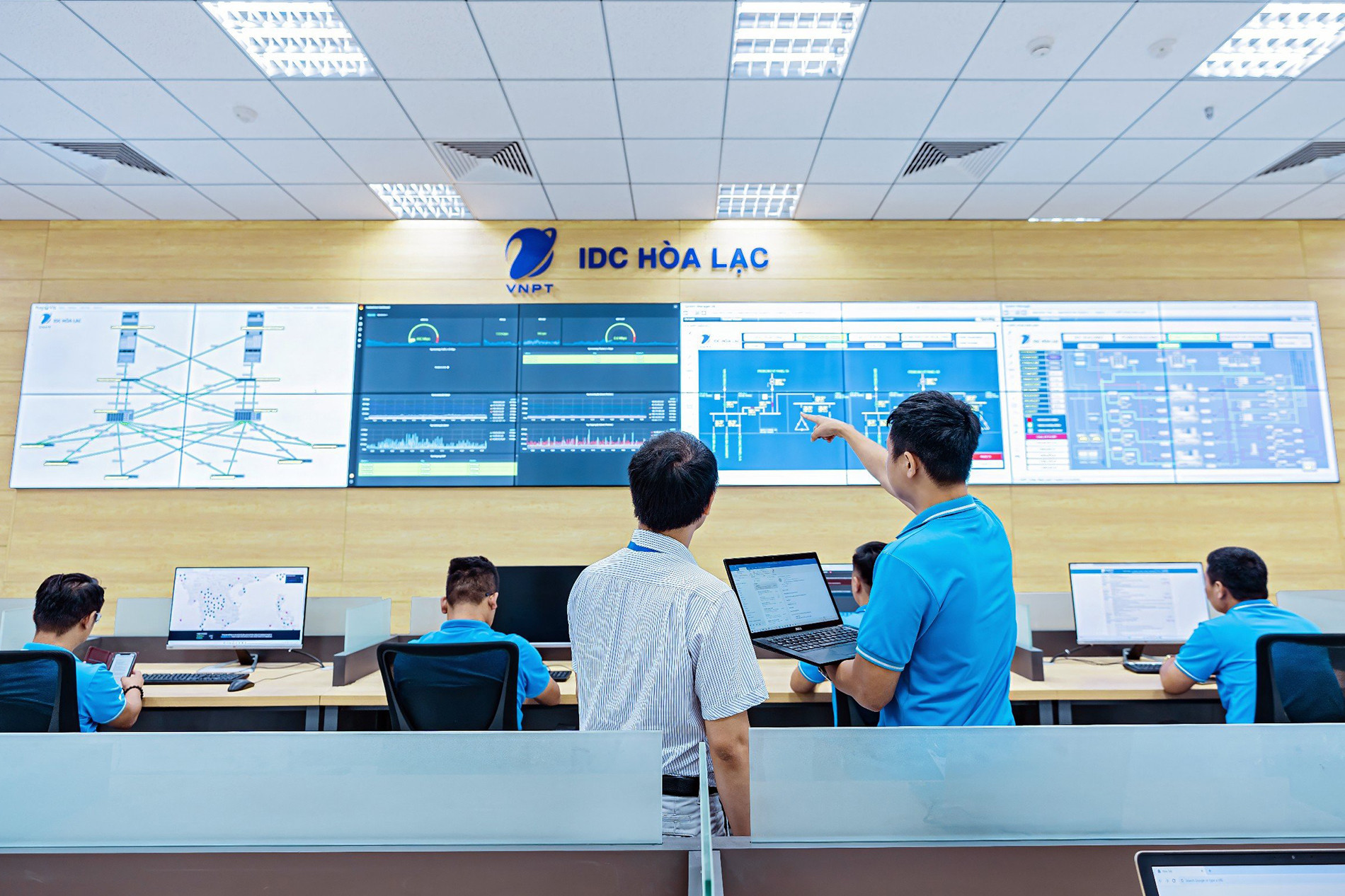
The Ministry of Information and Communications (MIC) has made a great contribution to the country’s development. MIC was a pioneer in doi moi (renovation), especially in three main pillars – bureaucracy and subsidy elimination; multi-sector economy development; and international integration, said Prime Minister Pham Minh Chinh at a meeting with MIC May 2021.
First renovation: from analog to digital
In the early 1980s, after a long war, the postal service and other business fields began recovering, but still bore a lot of ‘wounds’ and technological backwardness.
At that moment, Vietnam’s telecommunications network operated mostly based on analog technology. Faced with urgent development requirements, industry leaders made a daring decision - skipping intermediate technology and going straight to modernization with digital technology. This was described as a groundbreaking decision in the context of difficulties, with capital shortage and poor technical infrastructure.
The shift was not only a great stride towards high technology, but also demonstrated a long-term vision and a ‘dare to think and dare to do’ spirit. The decision opened up a new chapter of development for Vietnam’s telecommunications sector, creating modern infrastructure, thus making a contribution to the country’s socio-economic development.
The decision also laid down a premise for further steps to allow Vietnam to join the ranks of countries with developed telecommunications.
In 2000, the telecommunications sector took another daring step in the doi moi path when deciding to open the market, stopping the monopoly and creating a competitive market. This was the time when the sector shifted from the strategy of acceleration to the strategy of integration and development, with focus on expanding cooperation and business with foreign partners.

At that moment, the postal service sector witnessed breakthroughs in management and operation thinking, when new network operators were encouraged to join the market, thus creating healthy competition and growth.
The result of open policies was the strong development of mobile telecommunications and the internet in Vietnam. The mottos ‘internet reaches villages’ and ‘mobile phones are just like common rice’ turned into reality, bringing opportunities to all classes of people to access modern information technology.
Thanks to the groundbreaking policies, telecom charges decreased sharply, while the number of mobile telecommunications service users increased rapidly, which allowed Vietnam to join the countries with leading telecommunications service speed in the world.
Second renovation: digital infrastructure and digital economy
Nearly 40 years after the first renovation, the information and telecommunications sector is now facing a new revolution. This time, challenges come not only from the demand for development, but also from the rapid changes of technologies and markets.
In recent years, traditional telecommunications services have been declining because of the appearance of OTT (Over-The-Top) services and the diverse demands of consumers.
In such conditions, the sector has initiated a second renovation – shifting from traditional telecom infrastructure to digital infrastructure.
Digital infrastructure not only includes telecommunications and Internet infrastructure, but also data infrastructure, data digitized infrastructure, and infrastructure providing utilities for digital transformation.
This is the infrastructure of Vietnam's digital economy, an important foundation to promote digital economic development, contributing to the growth of the national economy in the context of the 4.0 Industrial Revolution.
"To develop a digital economy, there must be digital infrastructure which includes both hard and soft infrastructure. Infrastructure is the foundation for development. The foundation must be sufficient and universal," said Minister of Information and Communications Nguyen Manh Hung.
As of May 2024, the number of households using fiber optic cable services had accounted for 82.2 percent, while the number of internet users was 78.1 percent. The number of mobile broadband subscribers had reached 91.9 subscribers per 100 people, exceeding the targeted level of 87.5 subscribers per 100 people set for 2024. The number of mobile subscribers using smartphones had reached 100.7 million, up 0.1 percent over the same period in 2023.
To date, Vietnam has built 32 commercial data centers with total capacity of 145 MW, which can satisfy demand for AI and hi-tech app development.
A report showed that the proportion of the digital economy in Vietnam’s GDP in the first six months of the year was 18.3 percent, of which the ICT digital economy’s contribution was 45.78 percent, and the non-ICT fields’ contribution accounted for 54.22 percent.
It is expected that the digital economy will make up 20 percent of GDP by 2025.
Trong Dat